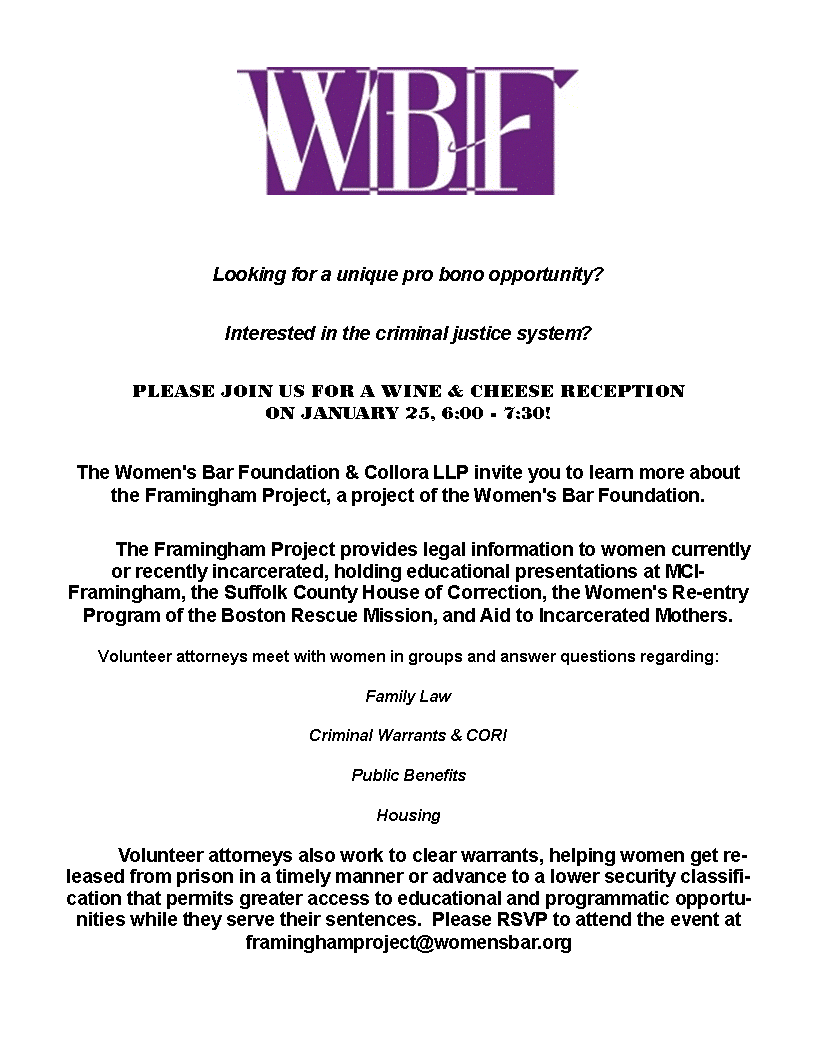
The Atlantic advises us about a disturbingly striking project to document prison geography. See more for yourself here.
Harvard Law School

The Atlantic advises us about a disturbingly striking project to document prison geography. See more for yourself here.
A number of groups are devoted to reforming youth sentencing. But in the realm of criminal justice activism, life sentences have not been a focus (indeed, many opponents of the death penalty have pushed life without parole as the best alternative to executions). “A good deal of [advocacy] focuses on removing low-level, nonviolent offenders from jails and prisons because they comprise such a large proportion of the incarcerated population,” says Ashley Nellis, an analyst with the Sentencing Project. Whereas the obvious excesses of the drug war have met resistance, when it comes to violent crimes, even young defendants have comparatively few advocates in their corner.
From The Nation’s recent article on juvenile life without parole. Read here.
The Yale Law Journal is having an awesome writing contest for people who are or recently have been in jail or prison. Submit a short essay about your experiences with the law, and you might be eligible for a cash prize and/or publication. Learn more here.


Photographer Richard Ross’ “Juvenile-In-Justice” project documents the treatment of youth in the American juvenile justice system, and “the facilities that treat, confine, punish, assist and, occasionally, harm them.”
The project “includes photographs and interviews with over 1,000 juveniles and administrators at 100+ facilities in 30 states in the U.S, as well as facilities in Canada and Mexico.” See the amazing collection here.
Just as New York’s highest court holds that expert testimony regarding false confessions may be presented in criminal cases, Cambridge’s own Brattle Theater is presenting Scenes of a Crime this Monday. The documentary looks to be a compelling real-life exploration of “a nearly 10-hour interrogation that culminates in a disputed confession, and an intense, high-profile murder trial in New York state.” Learn more, including showtimes, here.

Photo of Izalco Prison, El Salvador, by Meridith Kohut for The New York Times.
Think U.S. prisons are bad? Inmates in Latin America face the threat of massacres, hand grenades and inmates wielding assault rifles, not to mention rampant disease and overcrowding so severe that beds are a commodity. The situation is dire, as this New York Times piece makes abundantly clear. Yet what is the solution? Building more prisons? Better trained corrections officers? Work release and re-entry programming? What lessons might the U.S. share, based on our successes and failures as a prison nation?

Photo via Todd Heisler/The New York Time.
“Dementia in prison is an underreported but fast-growing phenomenon, one that many prisons are desperately unprepared to handle. It is an unforeseen consequence of get-tough-on-crime policies — long sentences that have created a large population of aging prisoners. About 10 percent of the 1.6 million inmates in America’s prisons are serving life sentences; another 11 percent are serving over 20 years.”
This week’s New York Times features an amazing story of compassion, caretaking and humanity in California’s prisons. Read the story here and explore the heart-breaking photographs from inside the state’s DOC here.
There’s a lot of news and action circulating about the three strikes bill here in Massachusetts. Luckily, Blackstonian just released a special edition on the legislation, featuring Judge Gertner and Charles Ogletree among other prominent thinkers and activists. For more on the issues, visit Smart on Crime MA.
The Vera Institute of Justice has released a report entitled “The Price of Prisons,” outlining a new methodology to calculate the real cost of prisons for taxpayers. The Center on Sentencing and Corrections and Cost-Benefit Analysis Unit studied 40 states, finding significant costs not included in the corrections budgets but directly affecting taxpayers nonetheless. For more, see their report and state fact sheets here.

For more about the Framingham project, see here.
© 2025 Harvard Prison Legal Assistance Project
Theme by Anders Noren — Up ↑